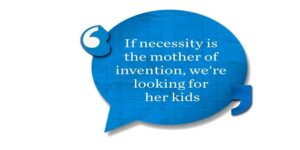
Tech Recruiting: Skilling Up to Fill the Middle #TChat Recap
What does it take to meet top tech talent on today’s terms? Kevin Grossman weighs in after Dice exchanges insights with the #TChat crowd

What does it take to meet top tech talent on today’s terms? Kevin Grossman weighs in after Dice exchanges insights with the #TChat crowd

Employers: Are you hiring tech talent for the right reasons? Take a closer look at workforce motivations…

As technology grows more integral to daily life, demand for tech-savvy talent is relentless. How can employers hire the best?

Business leaders who truly want to engage employees look beyond the obvious. Meghan M. Biro outlines 5 core questions companies should answer